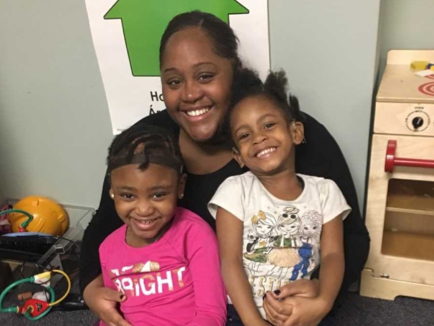By Kathi Mestayer
In the Spring 2018 issue of Hearing Health, we talk about ways to help our conversational partners speak more clearly, so we can understand them better.
But what about public broadcast speech? It comes to us via phone, radio, television, and computer screen, as well as those echo-filled train stations, bus terminals, and airports. There’s room for improvement everywhere.
This digital oscilloscope representation of speech, with pauses, shows that gaps as short as a few milliseconds are used to separate words and syllables. According to Frank Musiek, Ph.D., CCC-A, a professor of speech, language and hearing sciences at the University of Arizona, people with some kinds of hearing difficulties require longer than normal gap intervals in order to perceive them.
Credit: Frank Musiek
In some cases, like Amtrak’s 30th Street Station in Philadelphia [LISTEN], clear speech is a real challenge. The beautiful space has towering cathedral ceilings, and is wildly reverberant, like a huge echo chamber. Even typical-hearing people can’t understand a word that comes over the PA system. Trust me; I’ve asked several times.
In that space, a large visual display in the center of the hall and the lines of people moving toward the boarding areas get the message across: It’s time to get on the train. I wonder why they even bother with the announcements, except that they signal that something is going on, so people will check the display.
Radio is very different, at least in my kitchen. There are no echoes, so I can enjoy listening to talk radio while I make my coffee in the morning. The other day, the broadcast about one of the station’s nonprofit supporters was described as: “…supporting creative people and defective institutions…”
Huh? That couldn’t be right. It took a few seconds for me to realize what had actually been said: “supporting creative people and effective institutions.” Inter-word pauses are one of the key characteristics of clear speech. A slightly longer pause between the words “and” and “effective” would, in this case, have done the trick.
In the meantime, I chuckle every time that segment airs (which is often), and wonder if anyone else thinks about the defective institutions!
Staff writer Kathi Mestayer serves on advisory boards for the Virginia Department for the Deaf and Hard of Hearing and the Greater Richmond, Virginia, chapter of the Hearing Loss Association of America.













